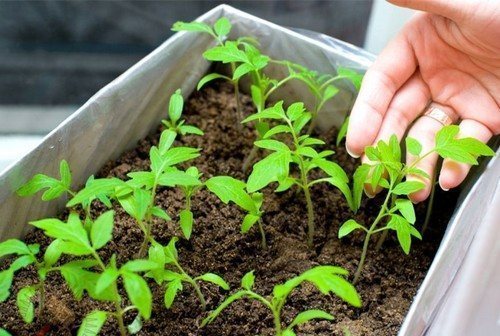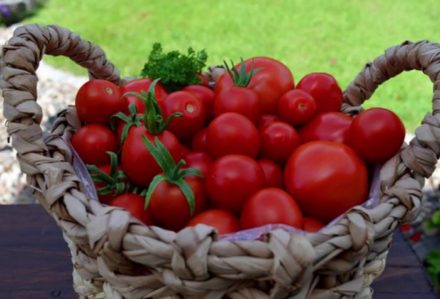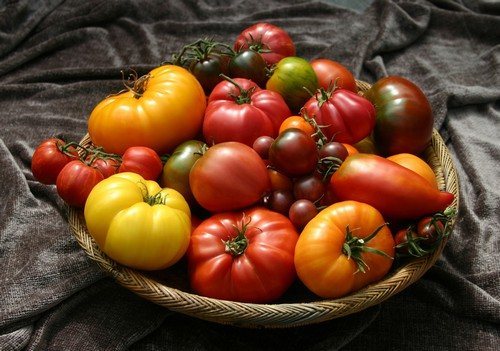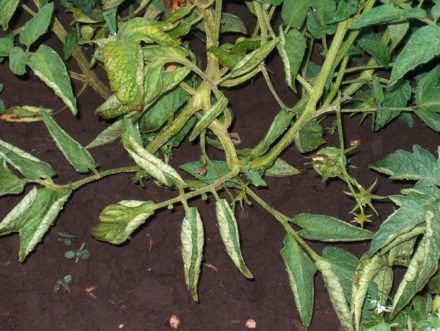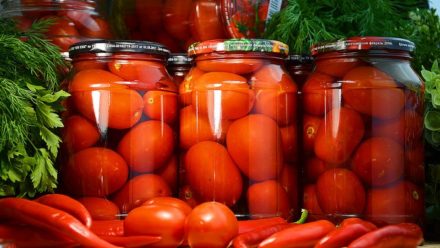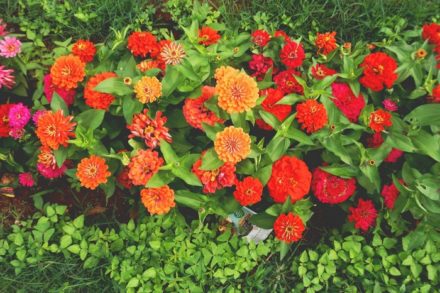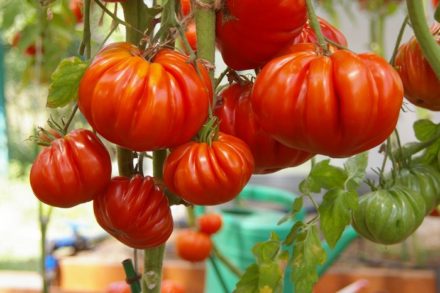To obtain an early harvest, tomatoes are grown through seedlings. The process does not always go smoothly. It will be useful for novice gardeners to learn about the 5 most common problems with tomato seedlings in order to avoid a situation where they have to urgently save the seedlings or re-sow them.
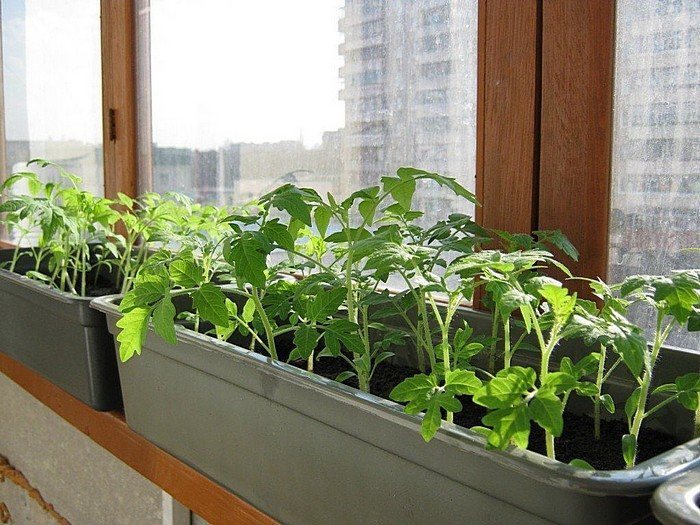
The appearance of the “black leg”
“Blackleg” is a dangerous disease caused by a fungus that often affects tomato seedlings due to poor conditions. The disease develops rapidly, manifesting itself by the appearance of a dark edging on the stem in the root zone.
As a result, the stems rot and fall, and the seedlings die. The disease is spreading quickly. If several seedlings are killed, they must be urgently removed from the container, and the soil must be spilled with a weak solution of potassium permanganate or formaldehyde for disinfection.
The disease is provoked by high soil moisture, insufficient lighting, low temperature, and dense plantings. For the purpose of prevention, it is necessary to treat the seeds in advance. It is also necessary to irrigate the seedlings correctly, trying to avoid flooding. Water the tomatoes exclusively with warm water.
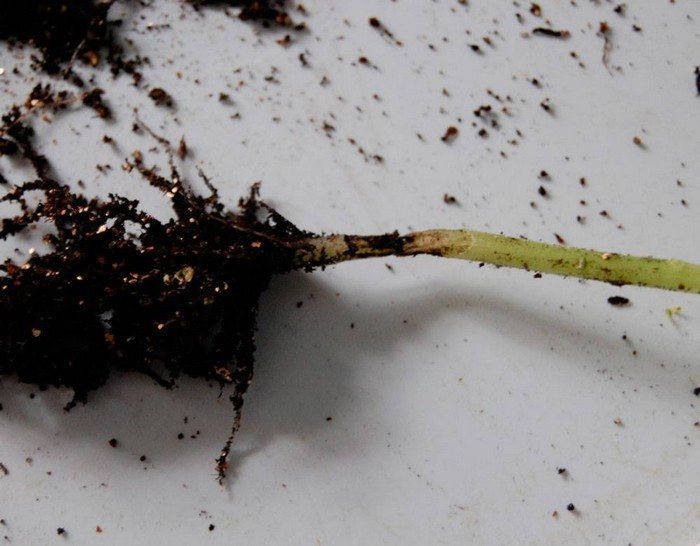
Curling leaves
If leaves curl on tomatoes, the reason should be sought in insufficient watering, lack of nutrients, or poor root function.If the soil in the container is dry, it is necessary to immediately water the seedlings and then do this regularly, using more water.
When suspicion falls on a lack of nutrition, it is worth feeding with complex mineral fertilizer for vegetables. Poor root function is associated with a lack of lighting, lack of oxygen, and being in cold or acidic soil. Having identified an unfavorable factor, it must be eliminated.
To reduce the acidity of the soil, it is spilled with a solution of ash (1 tablespoon per 200 ml of water). If the window sill is cold, you need to place the seedlings on a heat-insulating stand (a piece of polystyrene foam will do). To aerate the soil, it is regularly loosened after watering. The lack of light is eliminated by installing a lamp next to the seedlings.
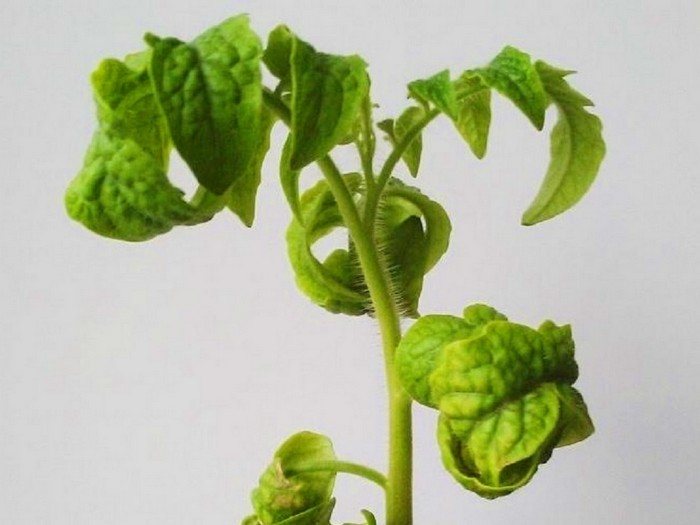
The foliage turns yellow
Yellowing of leaves can be due to several reasons. First you need to analyze the care of the plant. For example, if you overwater your seedlings, they may look droopy and begin to turn yellow due to the roots not receiving enough oxygen. Plants can also turn yellow due to excessive dry air and too high a temperature.
The leaves turn yellow even if acidic soil was used. It is better to plant tomatoes in soil with a neutral pH. Another common cause is nitrogen deficiency. The situation can be corrected by applying nitrogen fertilizers in small dosages. Excess nitrogen compounds will lead to stretching of seedlings.
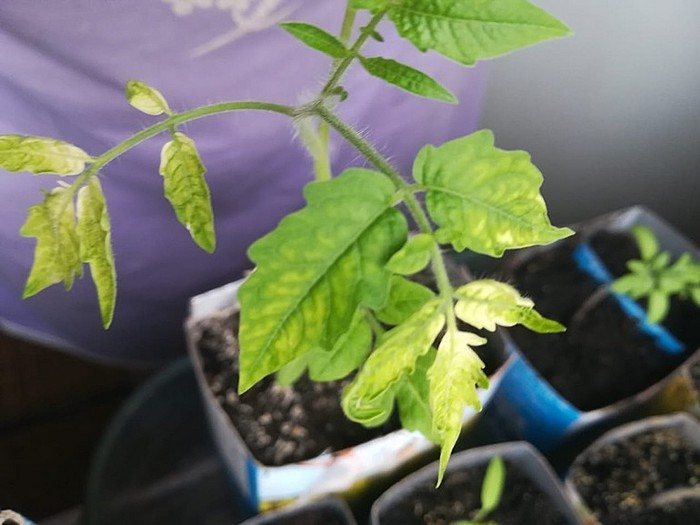
Seedlings stretch out
If the internodes become long, the seedlings weaken.It is difficult to expect a full harvest from such plants. Excess nitrogen is just one of the reasons why tomatoes are stretched. This phenomenon also occurs due to lack of light and excess heat. Seedlings that grow too densely especially lack lighting.
Immediately after the emergence of seedlings, the temperature in the room should be reduced to 16-18 °C and maintained at this level for a week. This technique will help curb the growth of tomatoes. When sowing in winter, it is necessary to provide the seedlings with additional lighting, increasing the daylight hours to 12-14 hours.

The appearance of spots on the leaves
The appearance of spots on tomato leaves is a clear sign of trouble. Most often this happens due to sunburn if the seedlings are standing on a south-facing window under the rays of the bright spring sun. In this case, the spots will be white or yellowish. Protection from sunlight in the form of a sheet of white paper attached to the window glass, or temporary installation of a screen will solve the problem.
If the spots are light with a dark edge, the seedlings are most likely affected by septoria. The causative agent of the disease lives in untreated soil and is activated in conditions of high humidity and heat. There is no point in treating diseased plants at this stage.
Seedlings must be removed from the soil and destroyed before infection of neighboring specimens occurs. Then the soil is spilled with a fungicide solution (Ridomil Gold, Previkur, Skor). In the future, excessive watering should not be allowed.
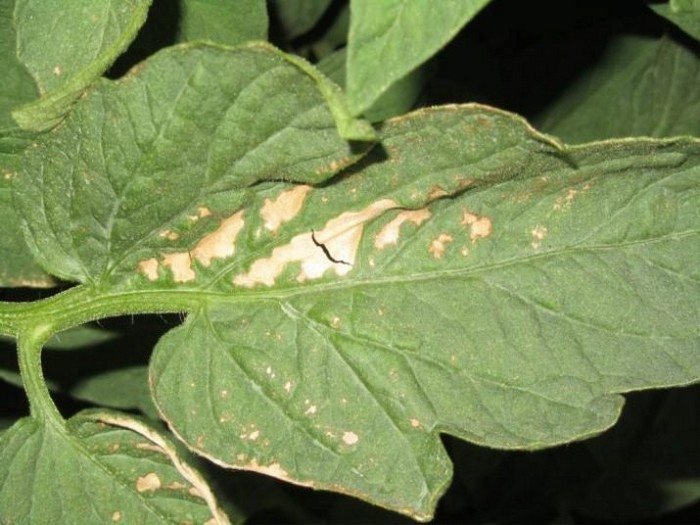
Sometimes it happens that the tips of the leaves of tomatoes dry out, but this is not so dangerous. The reason may lie in increased dry air or a lack of potassium fertilizers.Prevention of the listed problems is pre-sowing treatment of seeds and soil, installation of additional lighting, adherence to the watering regime, temperature adjustment, and proper fertilizing.


